Falls in Older Adults: Statistical Trends & Impact Presentation
VerifiedAdded on 2023/06/03
|14
|733
|361
Presentation
AI Summary
This presentation provides a statistical overview of falls in older adults (65 years and over), covering key metrics such as the number of fall incidents, male and female rates, mortality and morbidity rates, disability rates, hospitalizations, and fall-related injuries. It includes data on types of injuries like hip fractures and head injuries, the occurrence of falls in hospitals, associated hospitalization costs, and the impact on patients' health and hospital resources. The presentation also addresses the burden on family members and re-admission rates, referencing sources like the Australian Institute of Health and Welfare and the NSW Department of Health. Desklib provides this and other solved assignments for students.
1 out of 14
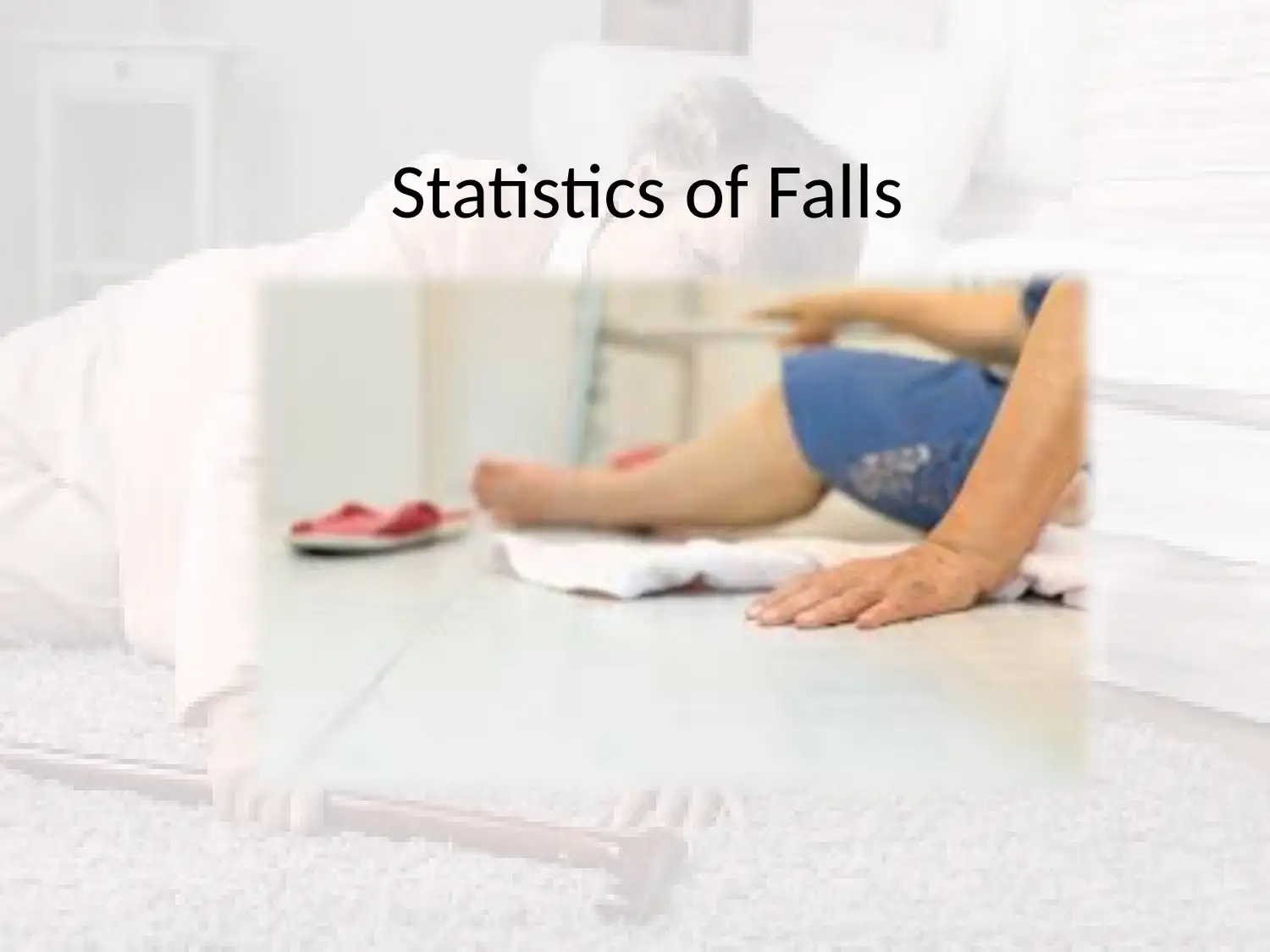
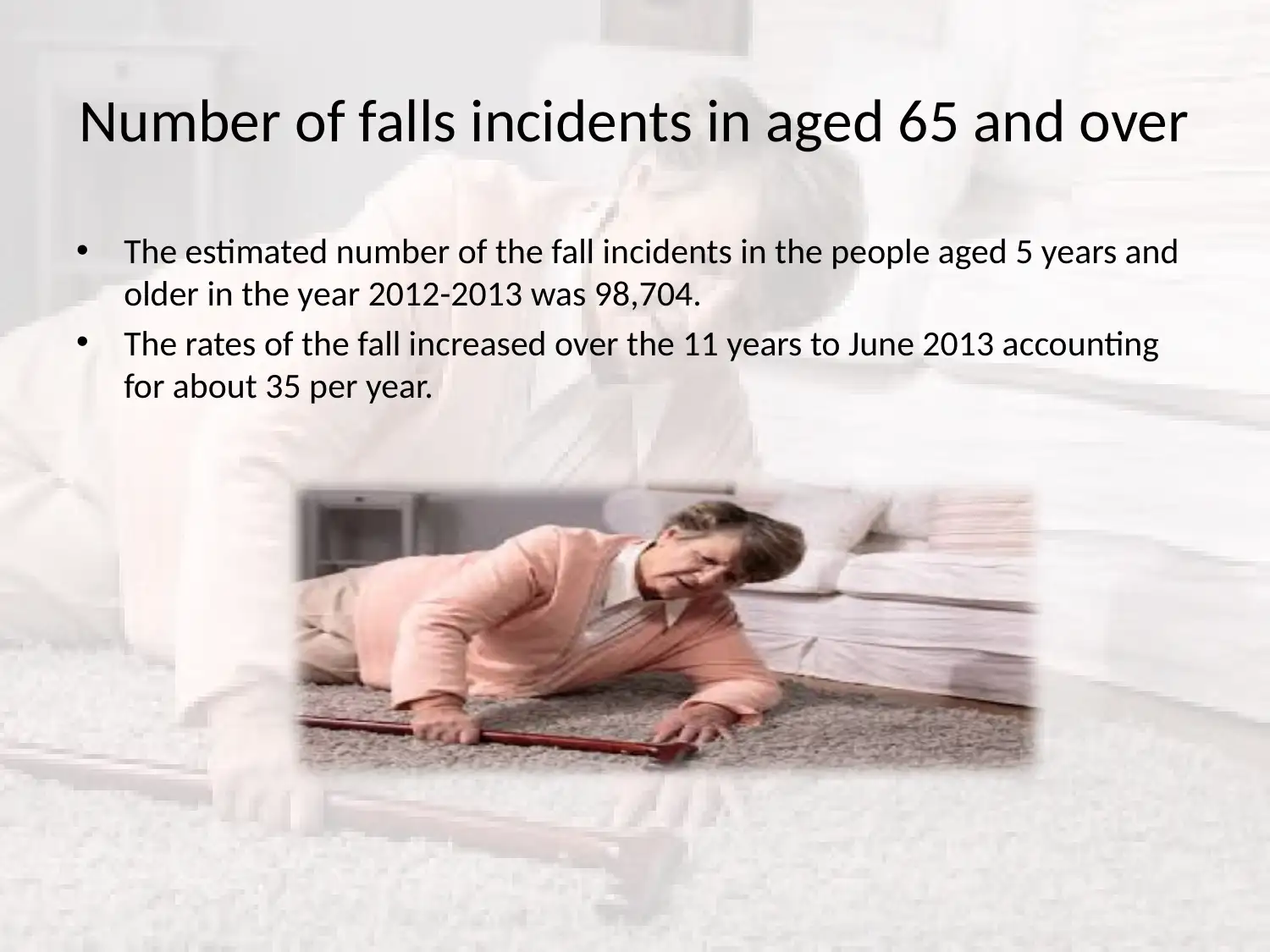
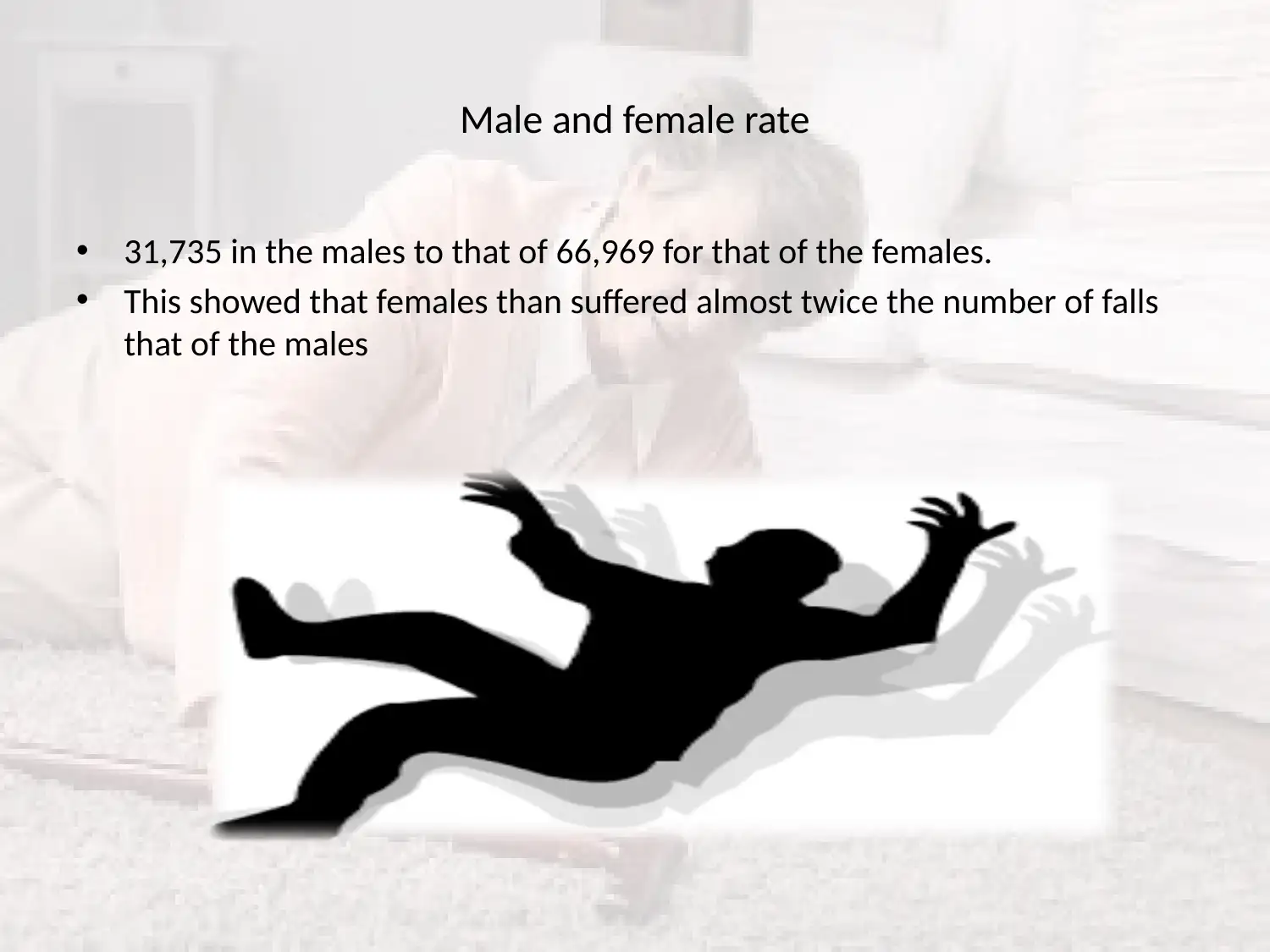

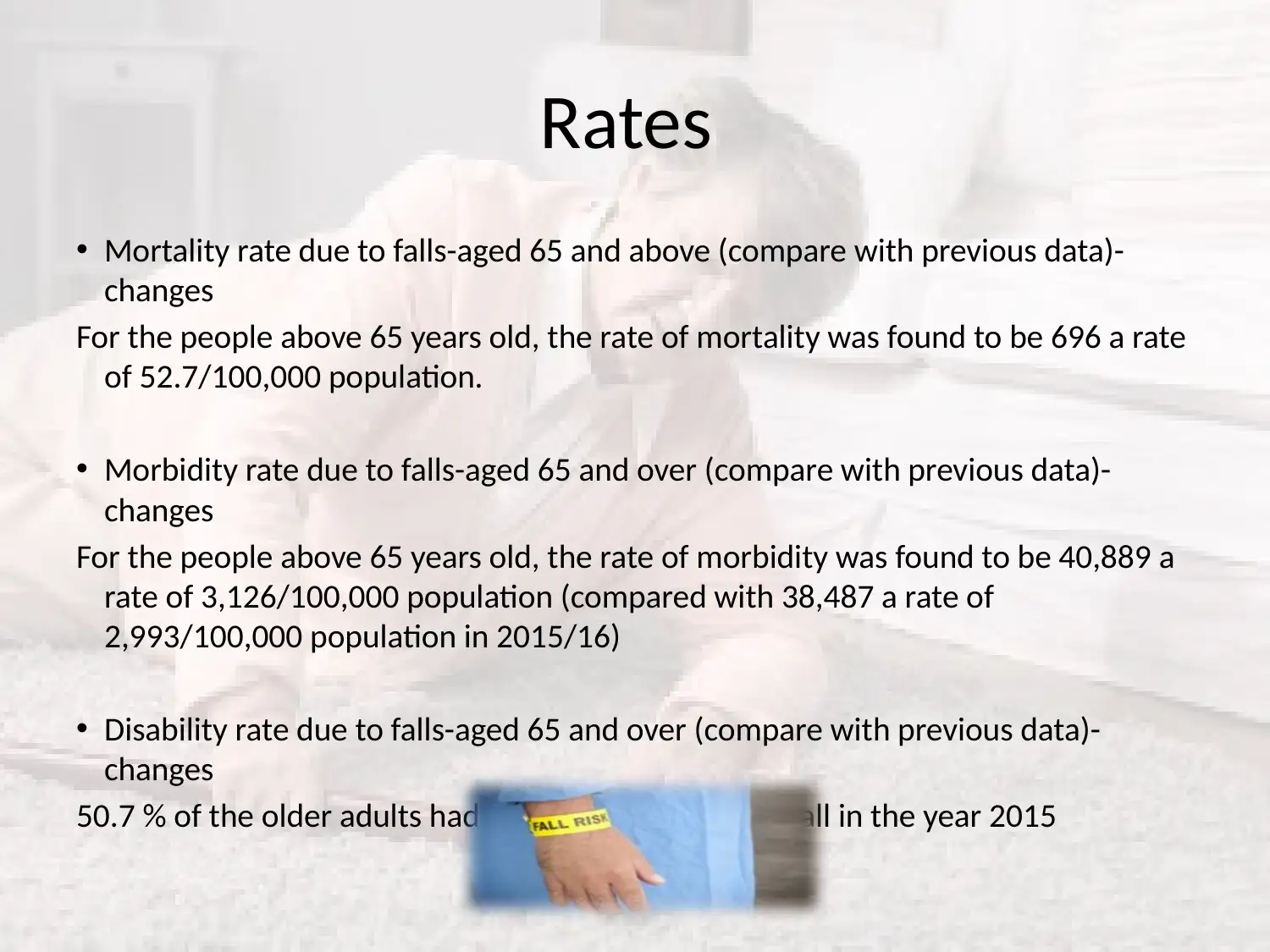
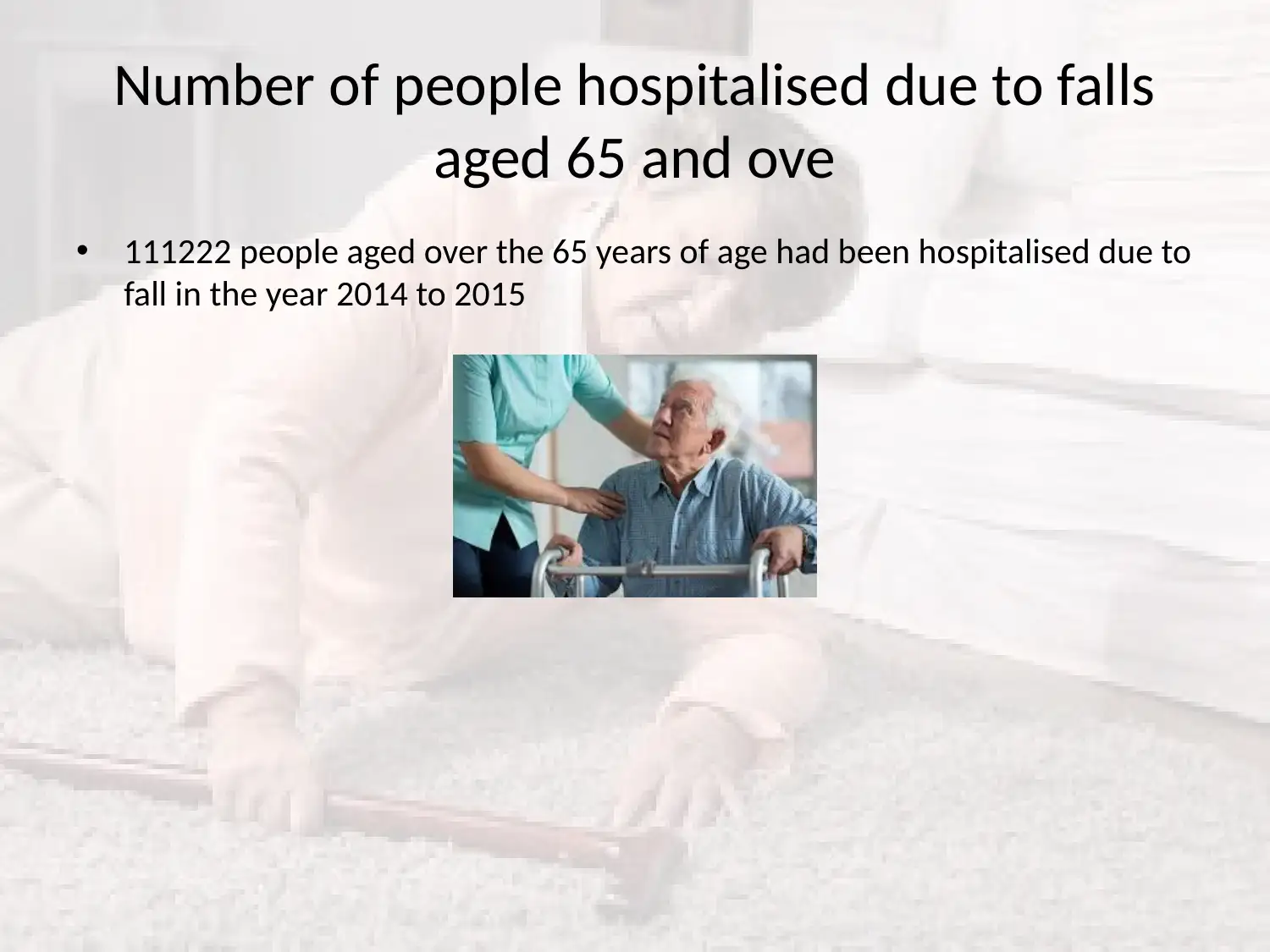
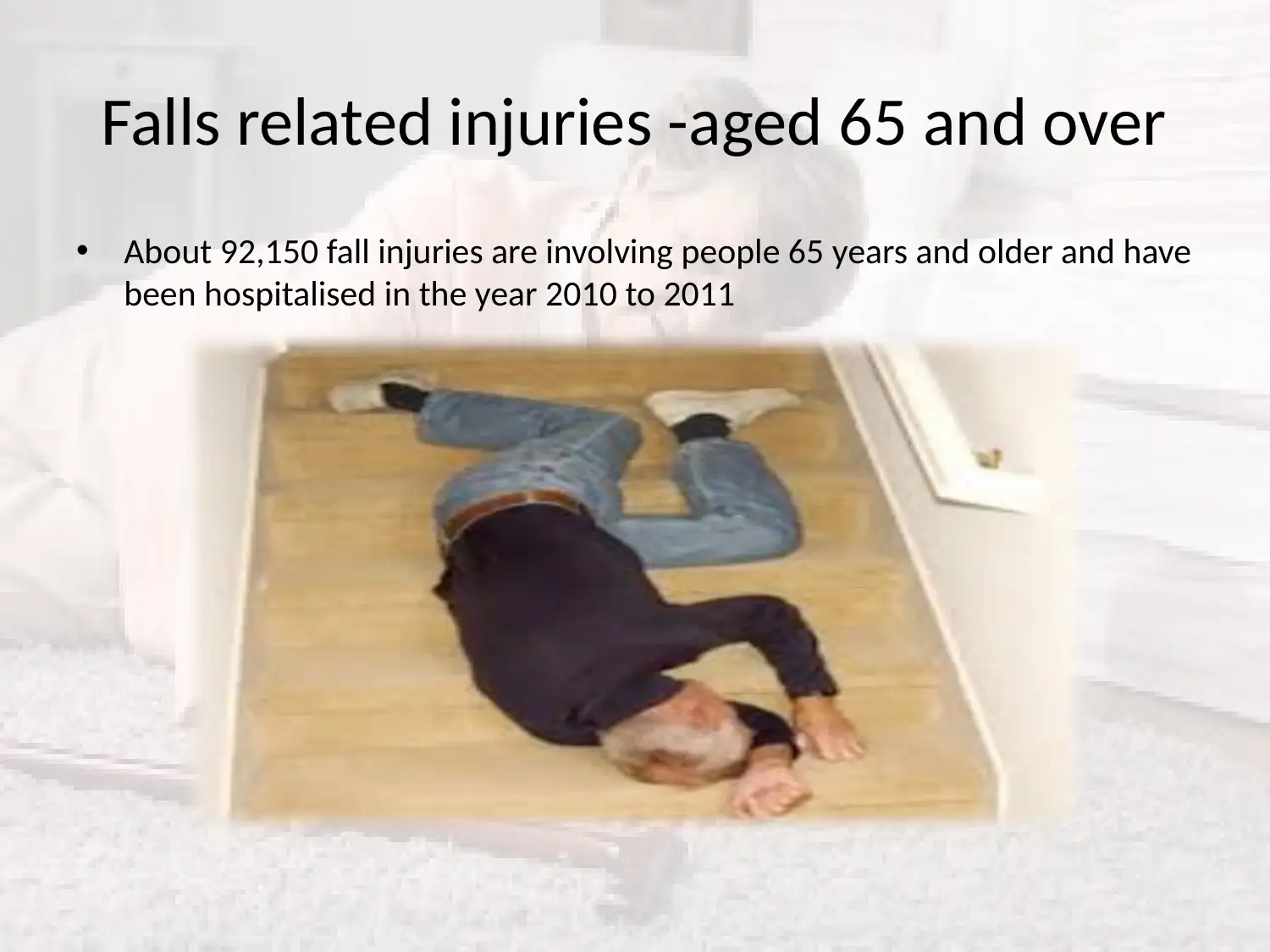
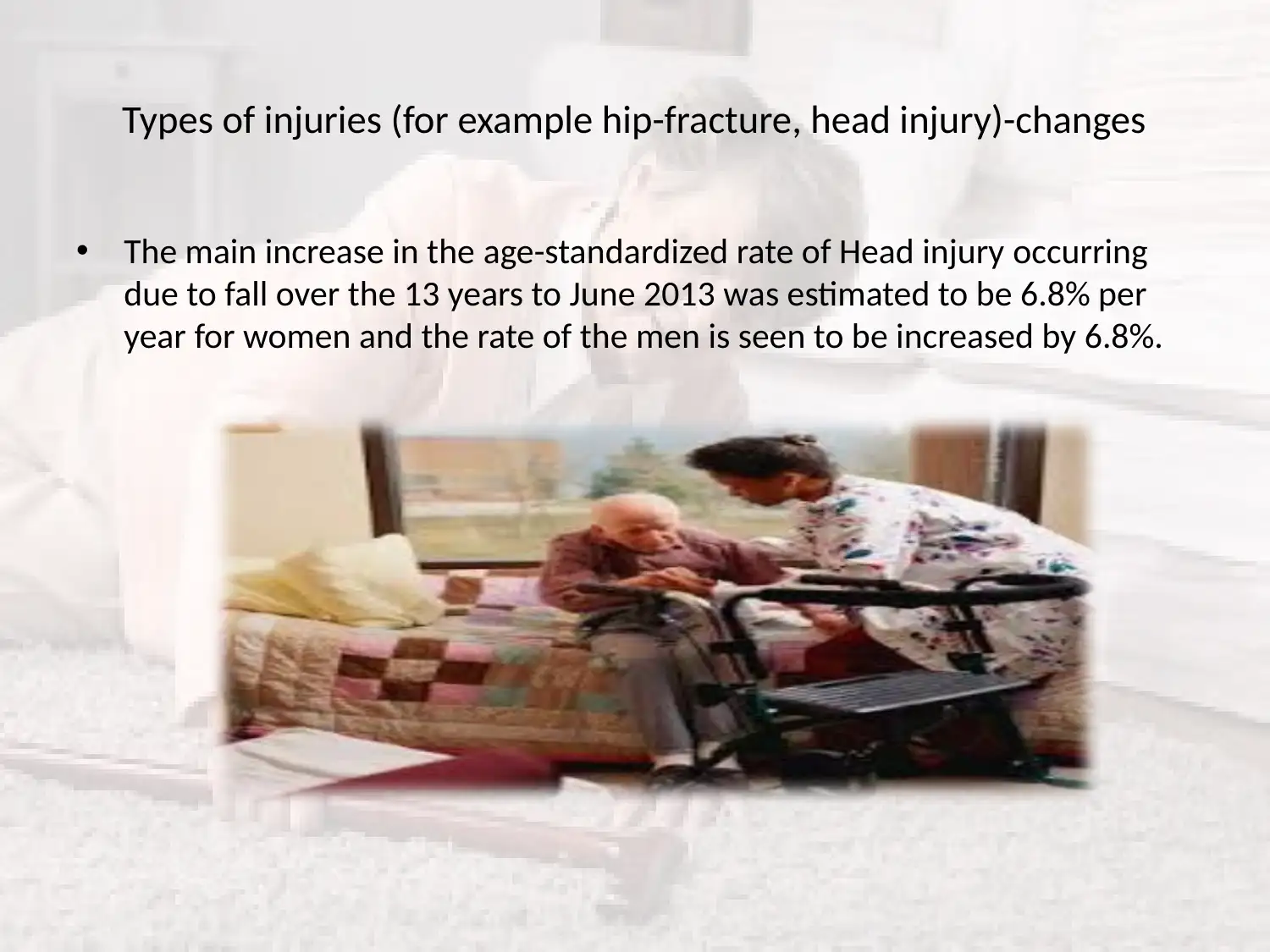
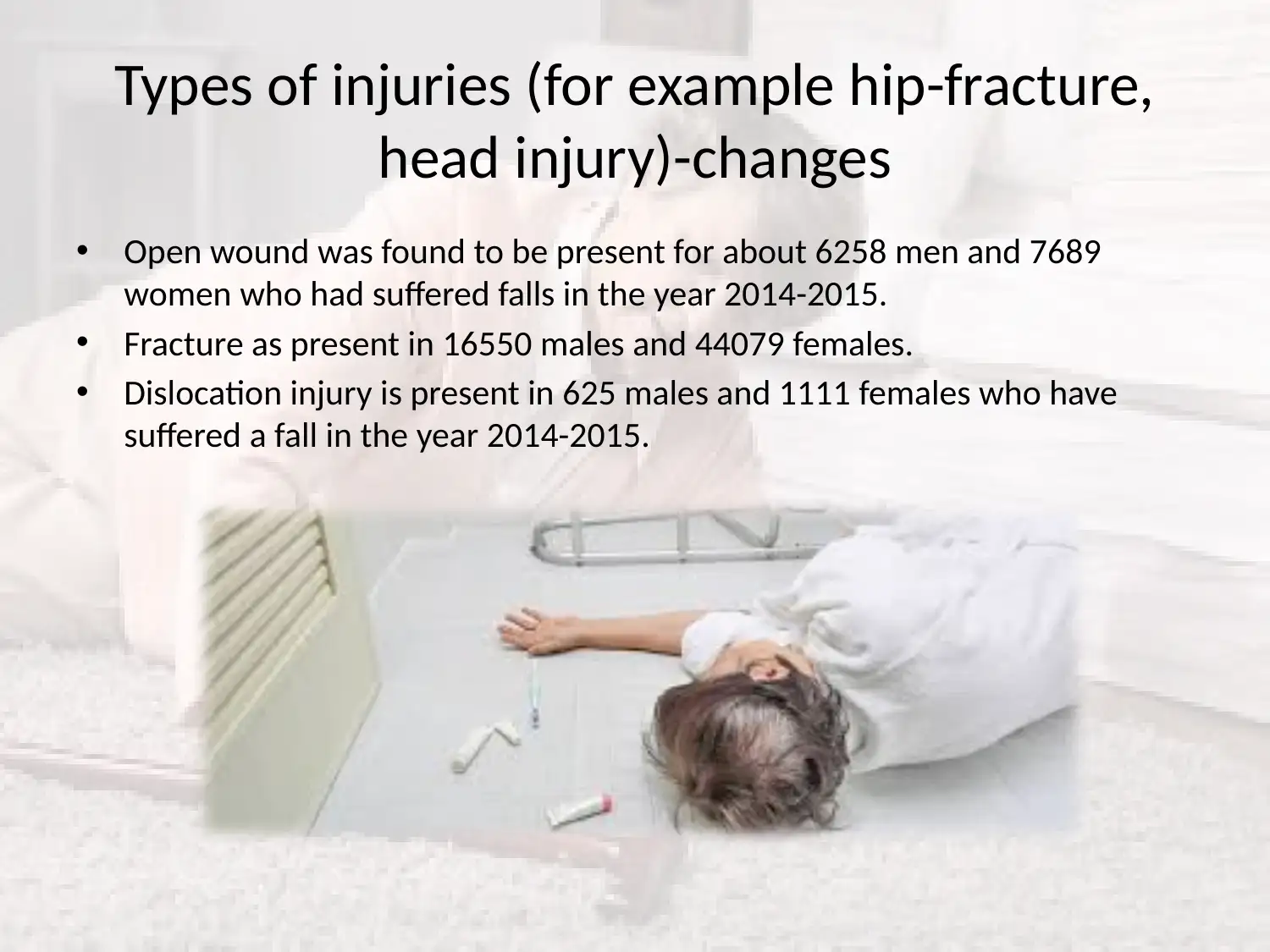
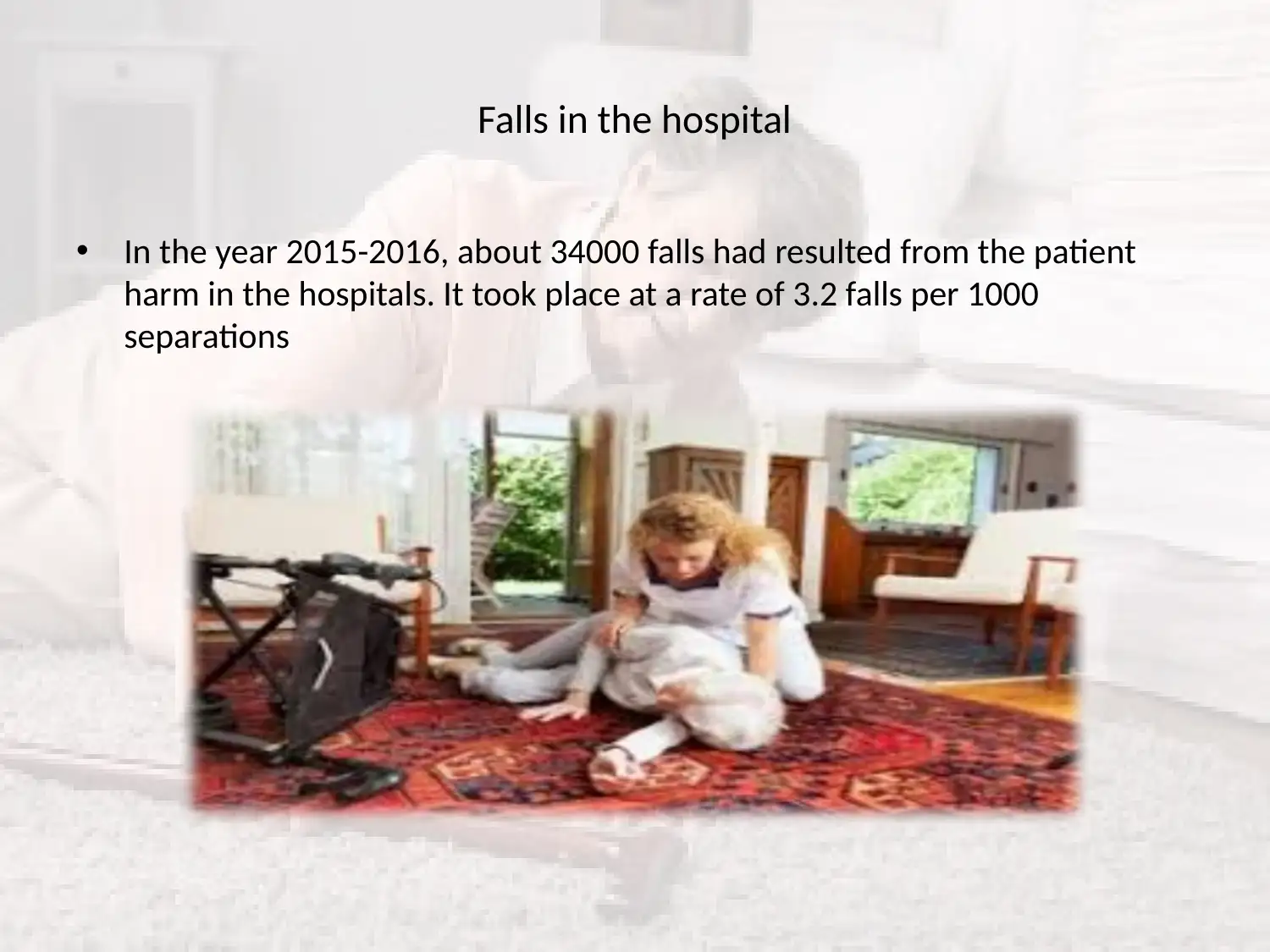
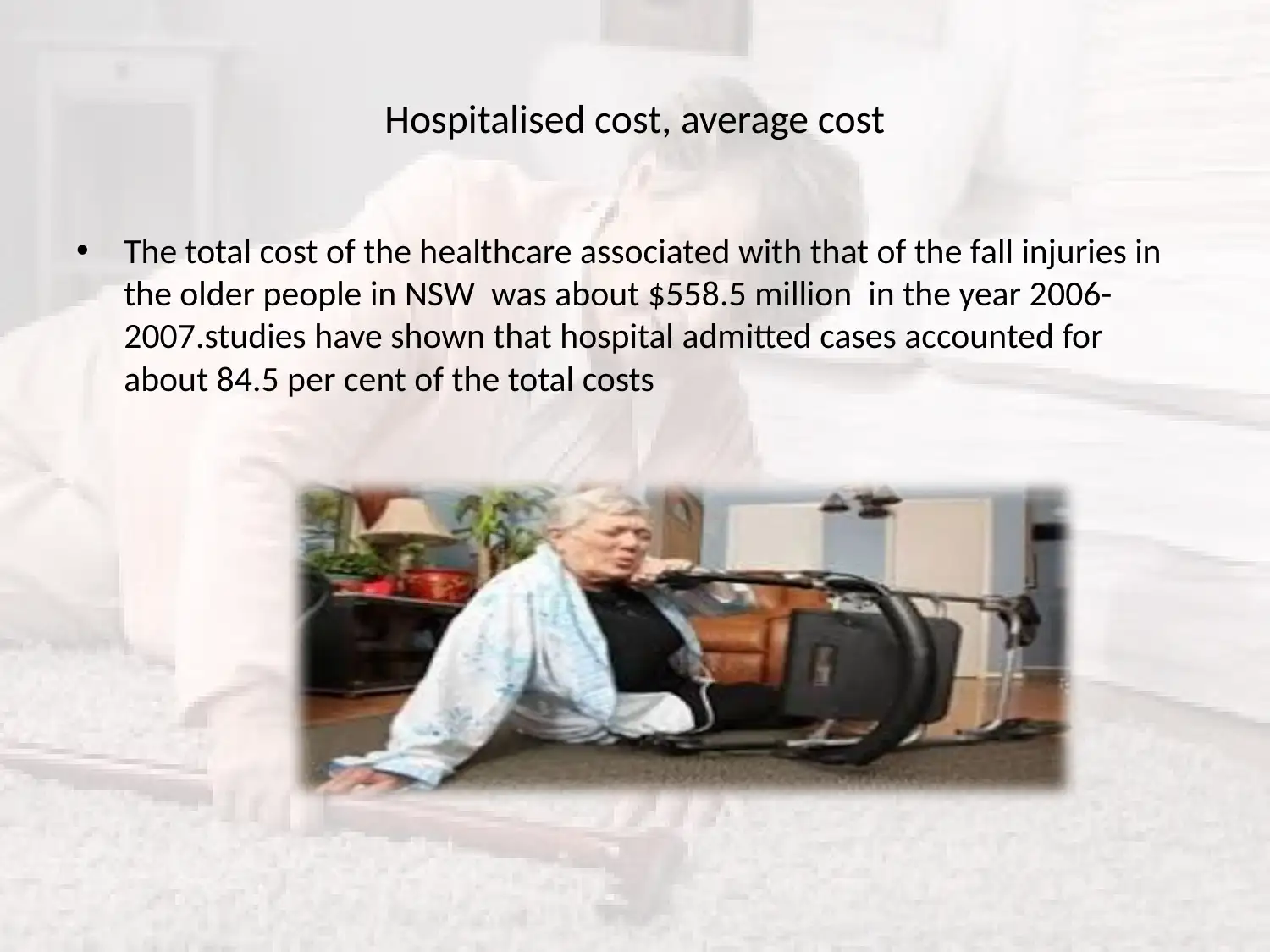
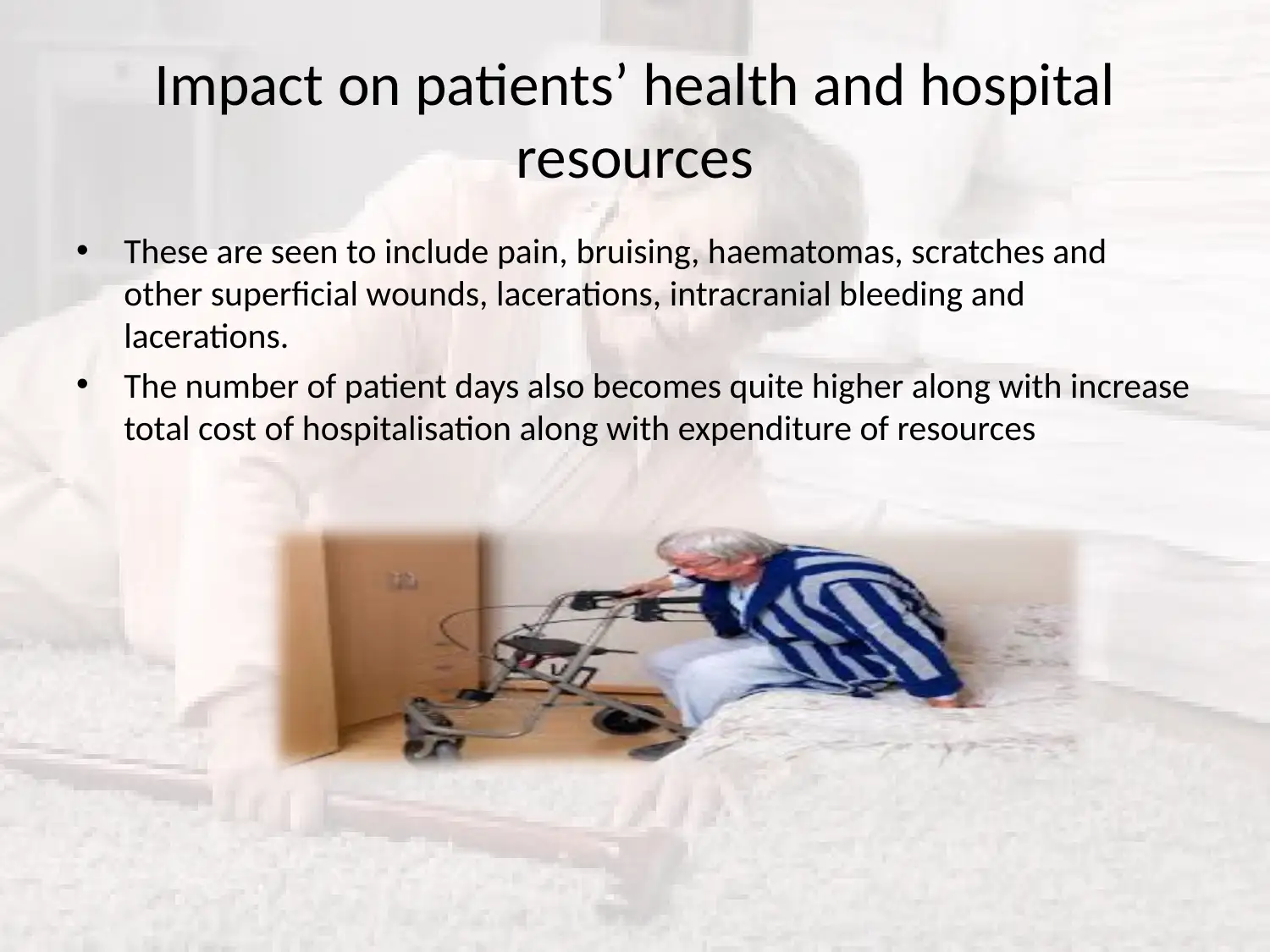
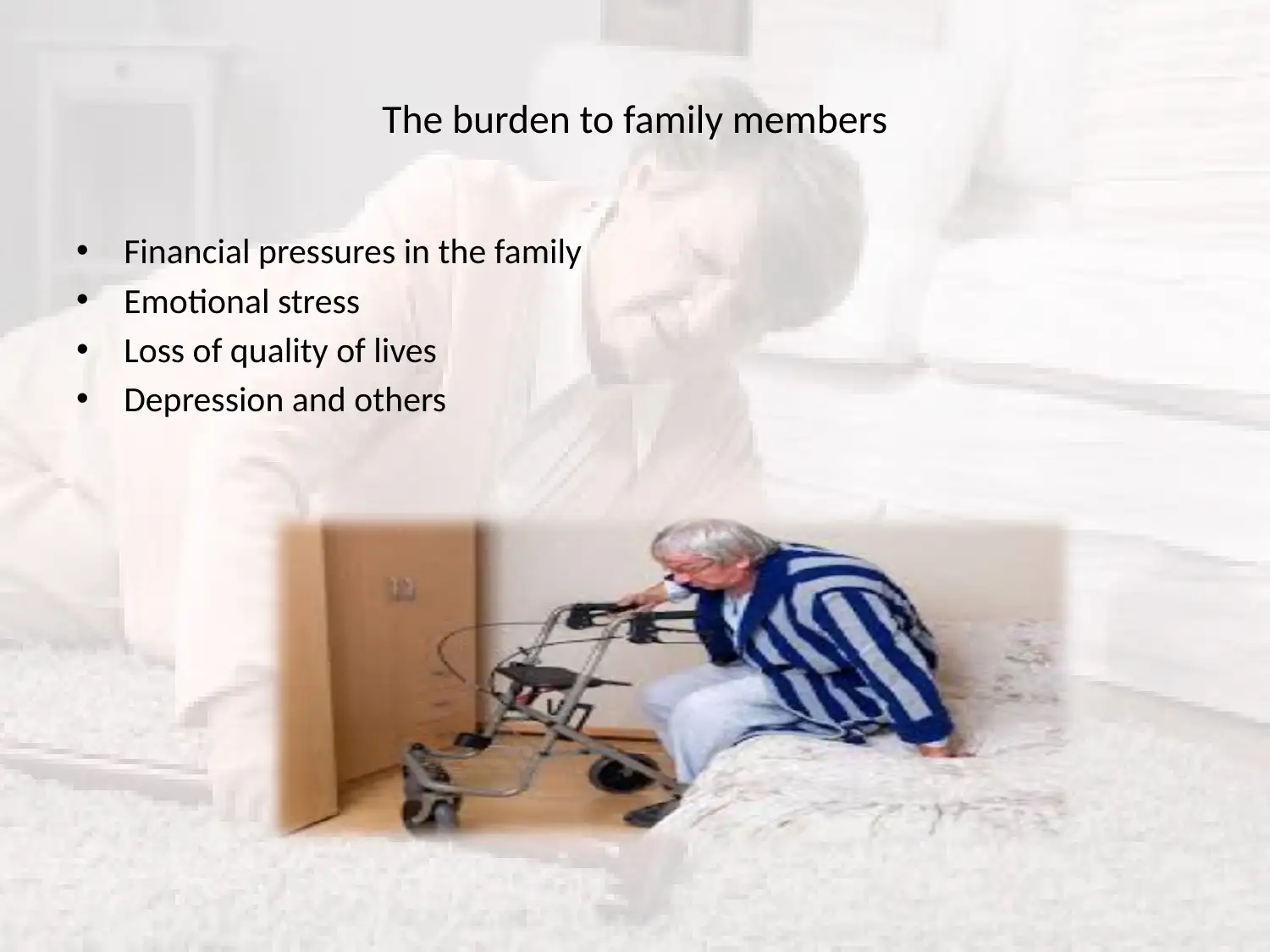





![[object Object]](/_next/static/media/star-bottom.7253800d.svg)